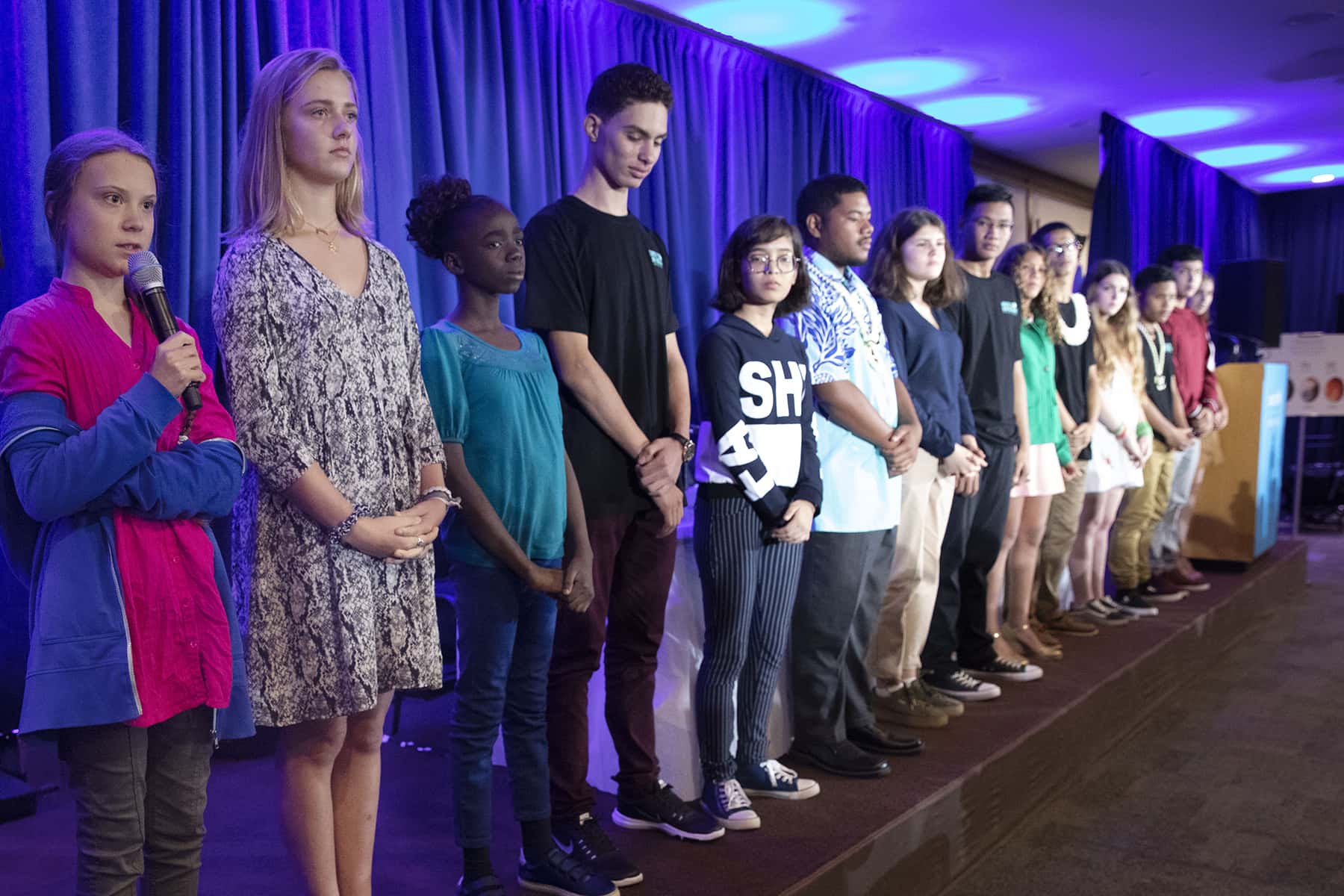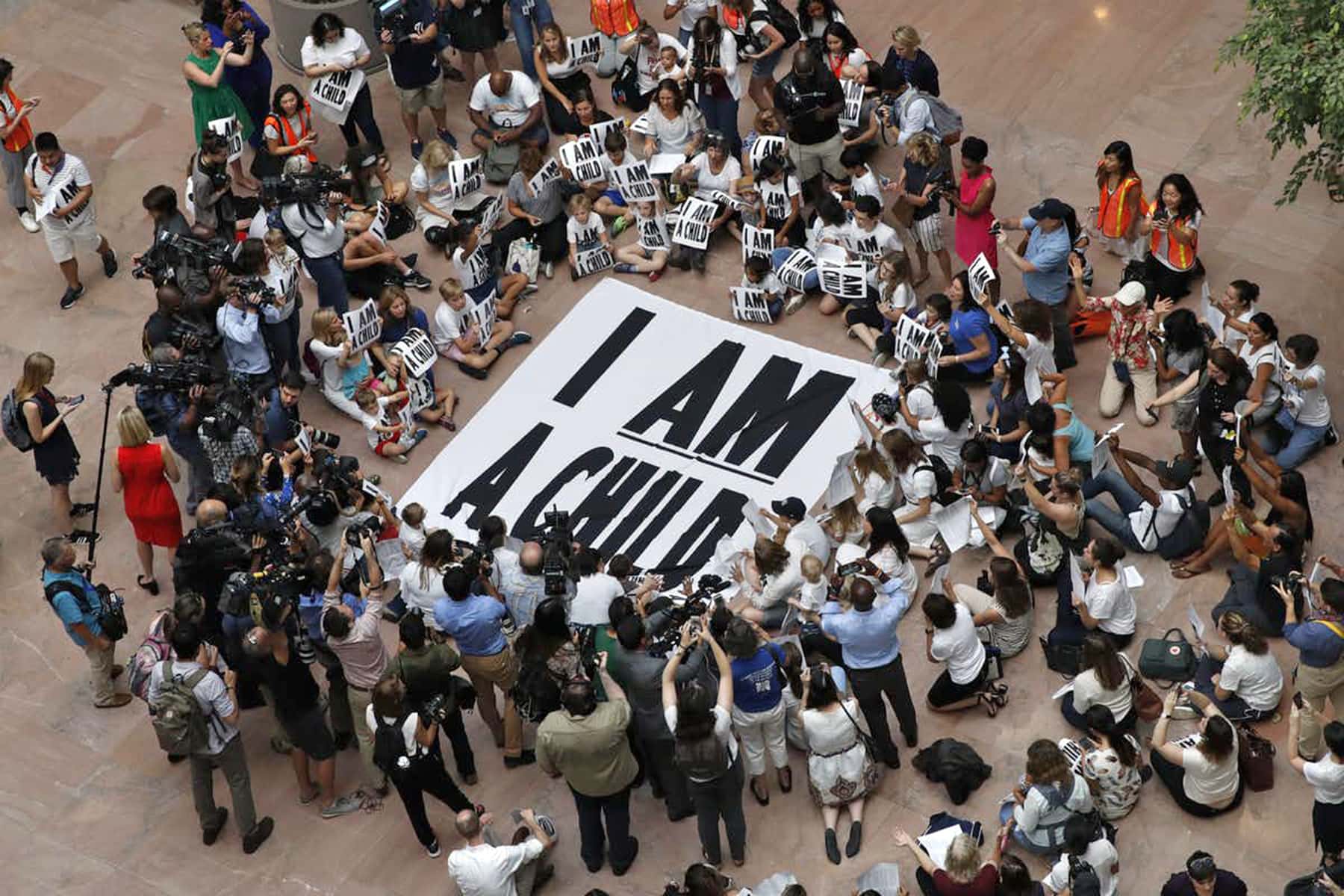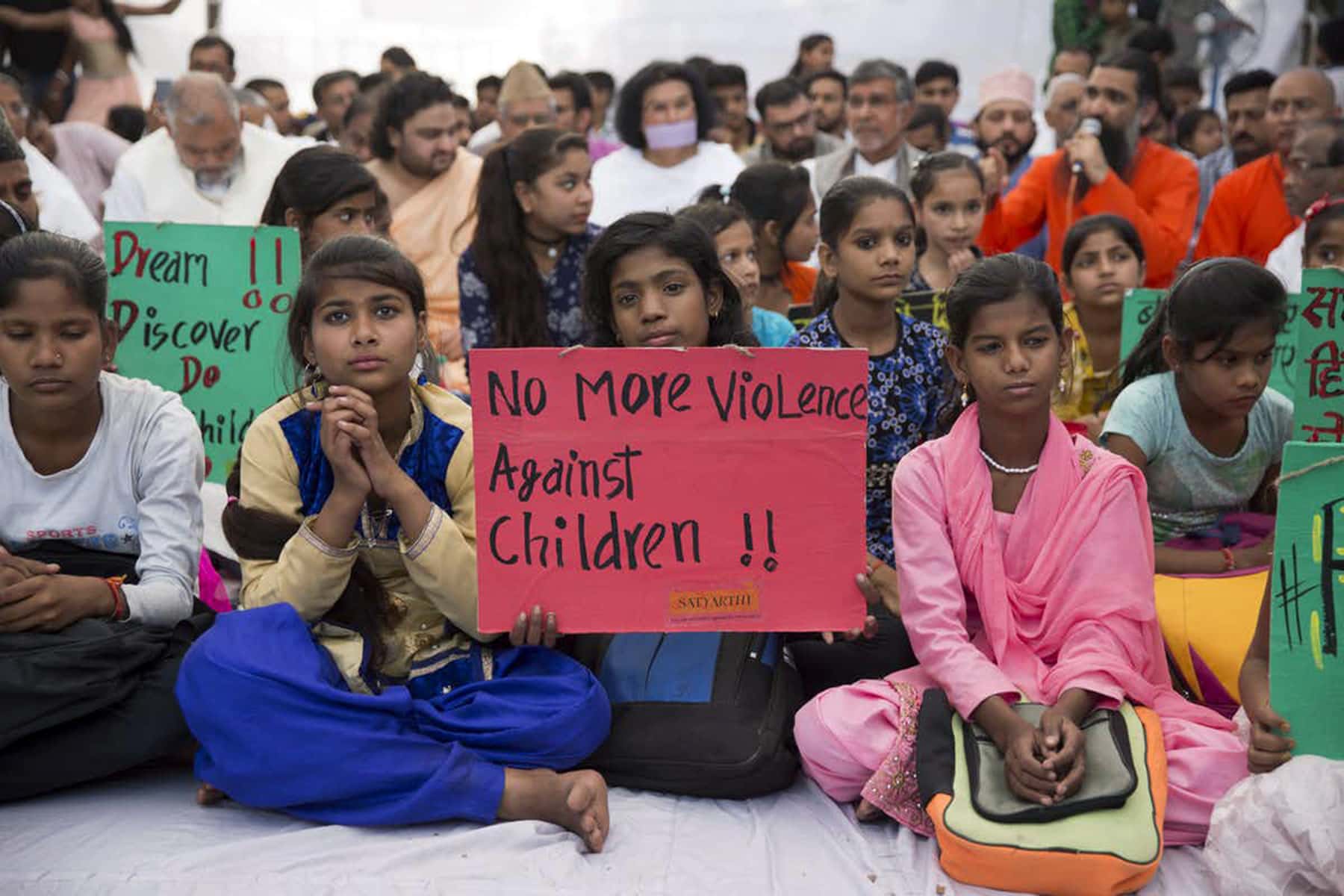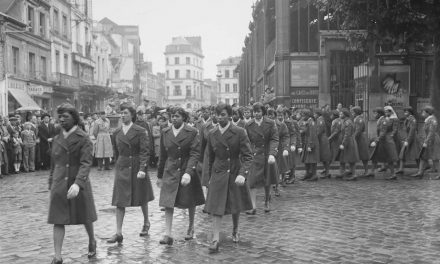
By Jessica Taft, Associate Professor of Latin American & Latino Studies, University of California, Santa Cruz
Fifteen kids from a dozen countries, including Swedish activist Greta Thunberg, recently brought a formal complaint to the United Nations. They argued that climate change violates children’s rights as guaranteed by the Convention on the Rights of the Child, a global agreement.
By petitioning the U.N. on behalf of the world’s children, their action made history. But it’s not the first time that kids have turned to this international accord in pursuit of social change. As I explain in my book, “The Kids Are in Charge,” the Convention on the Rights of the Child isn’t just a legal document. It also sends kids an important message: that they matter, that their voices are important and that they deserve to be heard. When countries join this agreement, which took effect in 1990, they pledge to work toward aligning their own laws with its principles.
Banning corporal punishment
The convention formally recognizes children as people with universal human rights and specific rights because of their age. It reflects a shift away from seeing children entirely as the possessions of their parents to treating them as individuals with equal rights and their own interests.
Many countries have taken action to promote children’s rights and well-being based in part on its mandate. For example, South Africa recently became the 57th country to prohibit corporal punishment – any act intended to cause pain or discomfort, such as paddling and spanking – in all settings, including schools and homes.
Corporal punishment remains legal in public schools in 19 American states and no state has outlawed the practice for parents. In Ireland, a 2012 constitutional amendment gave kids the right to be heard in custody hearings and other court proceedings. And in Nigeria, the federal government created a children’s parliament and incorporated the perspectives of minors when drafting that country’s Children’s Rights Act.
President Bill Clinton signed this convention in 1995. But the U.S. Congress has never ratified this accord. In fact, the U.S. is the only country that has refused to embrace the world’s most-ratified human rights agreement. It has 196 signatories including all of the U.N. member states except the U.S. plus some U.N. observers and non-members, such as Palestine, the Holy See and the South Pacific territories of Cook Islands and Niue.
Empowering kids to advocate for kids
Kids and their communities don’t necessarily have to know about the legal details of the treaty to embrace the idea of children’s rights and make it their own. Researchers working in different contexts around the world have found that learning about the convention and their rights increases children’s feelings of self-esteem and self-worth, promotes social responsibility and improves their relationships with their schools, teachers and each other.
According to a report from the Centre for Children’s Rights at Queen’s University Belfast and Save the Children International, a humanitarian nonprofit, it can also motivate kids to stand up for themselves and to defend their peers in the face of discrimination, violence or other rights violations. In my own research on working children’s activism in Peru, kids shared how learning about their rights empowered them to speak out about injustices they encountered in their families, schools and communities.
A boy I’ll call Diego, for example, told me that knowing about the convention gave him the confidence to go to his school principal and complain about a teacher who was being verbally abusive toward students. Because of his involvement in an organization that talks about children’s rights, he told me he “knew about my right to a quality education, and I knew that we, the students, could defend that right.”
Meanwhile, British kids are drawing on the convention in their campaign to lower the fees for citizenship applications. At more than 1,000 British pounds – roughly equal to US$1,300 – fees are so high that some British-born children who are eligible for citizenship, and would otherwise become citizens, don’t apply.
Children in India have used the convention to persuade their local governments to create children’s councils, where kids could be heard by adult political leaders. In the council in the small village of Keradi, children were concerned about alcoholism in their community because they saw it contributing to violence. They raised awareness of the problem and successfully pushed the local government to shut down unlicensed alcohol vendors.
Trying children and teens as adults
If the U.S. were to finally ratify this convention, it could lead to changes in some national, state and local laws. One notable children’s rights violation in the United States today is the separation of migrant children from their parents. Others include the practice of trying children as young as 10 years old as adults in criminal courts and locking up minors convicted of crimes in adult prisons – at times in solitary confinement.
To be sure, the U.S. has made some strides toward strengthening children’s rights. In 2005, for example, the Supreme Court removed one of the most significant differences between U.S. law and the convention when it abolished the death penalty for minors. And in 2012 the court ruled that the practice of handing children mandatory life-without-parole sentences is unconstitutional.
Because the international agreement encourages governments to include children’s voices in decisions that affect them, I believe that ratification would support efforts by U.S. kids to address the social, environmental and legal problems they care about most. Young activists fighting to advance climate justice, end gun violence and increase racial equity would all have the convention behind them when they speak out.
Sam Mednick and Jacquelyn Martin
Originally published on The Conversation as A UN treaty guarantees youth rights everywhere on Earth – except the United States
Support evidence-based journalism with a tax-deductible donation today, make a contribution to The Conversation.
















